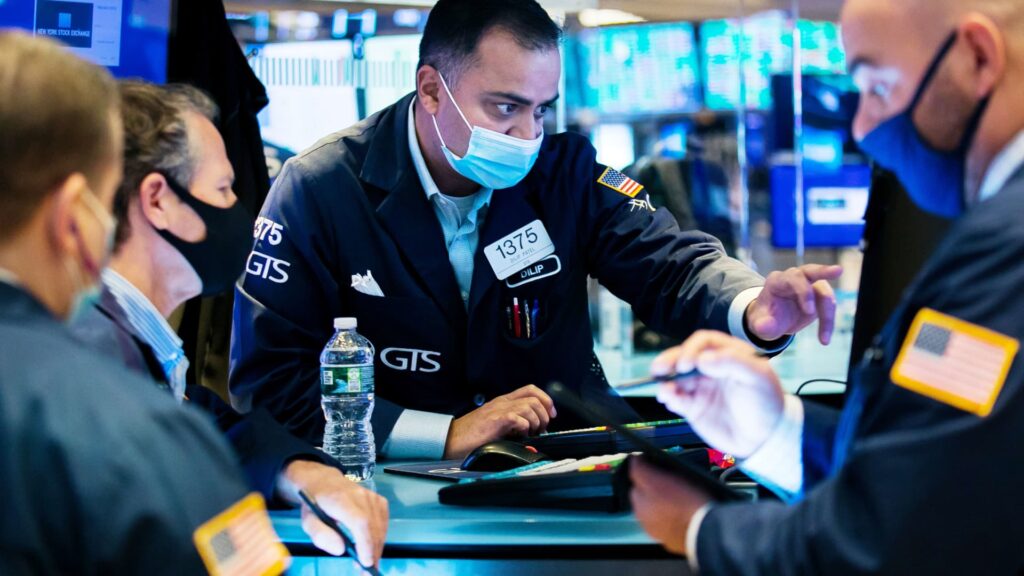Trending: Here are some Business Statistics and Trends to know
|
Getting your Trinity Audio player ready...
|
The 10-year Treasury yield, often regarded as a crucial benchmark influencing mortgage rates and reflecting investor sentiment, witnessed a significant surge on Tuesday.
This surge propelled the 10-year Treasury yield to its highest level since 2007, reaching 4.793%. Earlier in the day, it had briefly touched 4.8%. Meanwhile, the 30-year Treasury yield also rose, reaching 4.924%, its highest point since 2007.
The 2-year Treasury yield, closely watched for its sensitivity to Federal Reserve rate-setting expectations, edged up slightly to 5.144%. It's important to remember that bond yields and prices move inversely, with one basis point representing a 0.01% change.
Labor Market Dynamics
This surge in yields unfolded in the context of August's Job Openings and Labor Turnover (JOLTS) survey, which revealed a labor market that remains tight. This is crucial because it provides the Federal Reserve with validation to continue its path of rate increases.
While there have been varying opinions among Fed policymakers regarding the need for further rate hikes before year-end, there's consensus that rates must remain at elevated levels for a potentially extended period.
The primary objective has been to combat persistently high inflation, despite a notable decline from its peak in mid-2022.
Policy Perspectives
Fed Governor Michelle Bowman emphasized the need to address inflation by maintaining rates at restrictive levels in her prepared remarks on Monday.
Fed Vice Chair for Supervision Michael Barr highlighted that the focus should shift from another rate hike to the understanding that rates are likely to stay elevated for an extended duration.
Cleveland Fed President Loretta Mester, though a non-voting member this year, suggested the possibility of another rate increase this year, followed by a period of stability.

Market Uncertainty
Market uncertainty continues to surround the timing and likelihood of a rate increase. Two more central bank policy meetings are scheduled for this year, one at the end of October and the other in mid-December.
Market pricing as of Tuesday morning indicates a 25.7% chance of a hike in November and nearly a 45% probability in December, based on futures pricing tracked by the CME Group's FedWatch Tool.

A key factor in rising borrowing costs is the ongoing high fiscal deficit, with public debt surpassing $32.3 trillion this year, equivalent to nearly 120% of total gross domestic product (GDP).
A Watchful Eye on Market Dynamics
The escalation in the federal budget deficit has raised concerns about an oversupply of bonds relative to demand, necessitating higher yields to balance the market. Yardeni's note titled "The Bond Vigilantes Are On The March" underscores this concern and the potential implications for the bond market.
However, the expectation remains that moderating inflation will ultimately play a pivotal role in stabilizing bond market dynamics.
These developments in bond yields and their connection to broader economic and policy dynamics warrant close monitoring, particularly for businesses and investors navigating a shifting financial landscape.



